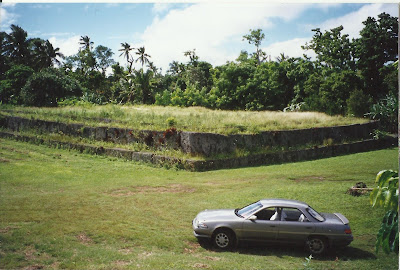The two authors under
one roof I’m writing about today are my husband and I; Bobby and Barbara
Underwood. You might be wondering about
the dynamics of two authors married to each other, so I’m about to tell
you! First of all, let me explain how we
met:
In this age of internet and email connecting everyone across
the globe, it’s easier than ever to find someone who is your perfect match, and
that’s how it was with Bobby and me.
Bobby was living in California and actively writing amazon reviews, but
what he really wanted to do was pursue a writing career. Having a full-time job made that dream seem
almost impossible, so writing reviews for classic films and books was the next
best thing.
And I was living in Sydney, Australia, where I had already
written my first novel but didn’t know what to do next. So I was keeping busy by writing amazon
reviews for films and books, too, and that’s how we connected – on
amazon.com. Back then it was easy to
find like-minded reviewers and contact them, so that’s when Bobby and I began
corresponding by email and the occasional ‘snail-mail’ letters and cards.
That’s how Bobby ended up coming to Australia where we were
married, and later moved from Sydney to a country town in NSW. These changed circumstances allowed us to
have much more free time to finally pursue our dreams. Bobby
was finally able to put down on paper a life time of stories he had inside,
while I worked on a sequel to my first novel (Rhuna, Keeper of Wisdom). Bobby was writing about a dozen books to just
one of mine!
His books also cover more genres, such as Mystery and Detective, Science Fiction and Dystopian,
Romantic Fantasy, Pulp, Noir and Western while my books are
part of one large fantasy series.
Although our books are quite different, we still have the
many fundamentals of writing in common, such as going with the creative moods
or dealing with discouragement and ‘down days’.
We know when to give each other the necessary peace and space to write a
while, and then balance the rest of the day’s activities around our writing
periods.
One of those other activities is taking our dog, Cisco, to
the park at least twice a day, which is actually a very good break mentally,
not to mention keeping us physically fit!
While doing these other things, we often talk about what we are writing
at the time, or plan to write next.
Other times we discuss reviews we’ve received for our books, as well as
other books we’ve enjoyed reading, discussing the aspects we like best and can
learn from.
Being Independent Authors, we don’t have deadlines to meet,
and this is a good thing we feel, because we don’t have any pressure which
would make us rush our work. Quality is
definitely more important than speed or quantity of books! On the other hand, we still give ourselves a
realistic goal to meet, as well as a bit of structure to the planning of our
books and their marketing. When a book
is finished, we often proofread each other’s work, but after that we go our own
ways where publishing and marketing are concerned. For example, all of Bobby’s books are
available exclusively on amazon, at the discount price of 99cents and on Kindle
Unlimited.
 |
| Bobby and Cisco in the park by the river |
Bobby and I are not competitive, but I can imagine that
other couples in the same profession might be, and in their case it can be a
good thing. In our case, we usually
inspire and encourage each other, and Bobby’s success with many sales,
particular his Western series, all year so far make me happy rather than
envious or jealous.
So this is our story - of two authors under one roof.
So this is our story - of two authors under one roof.









































